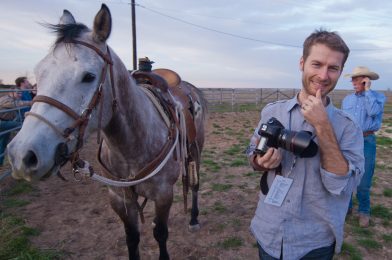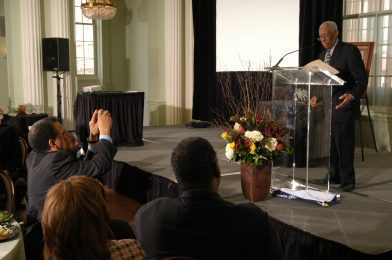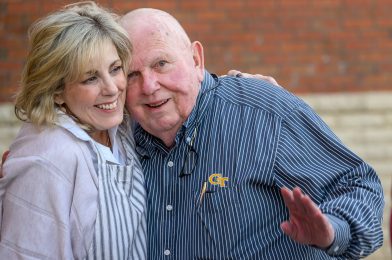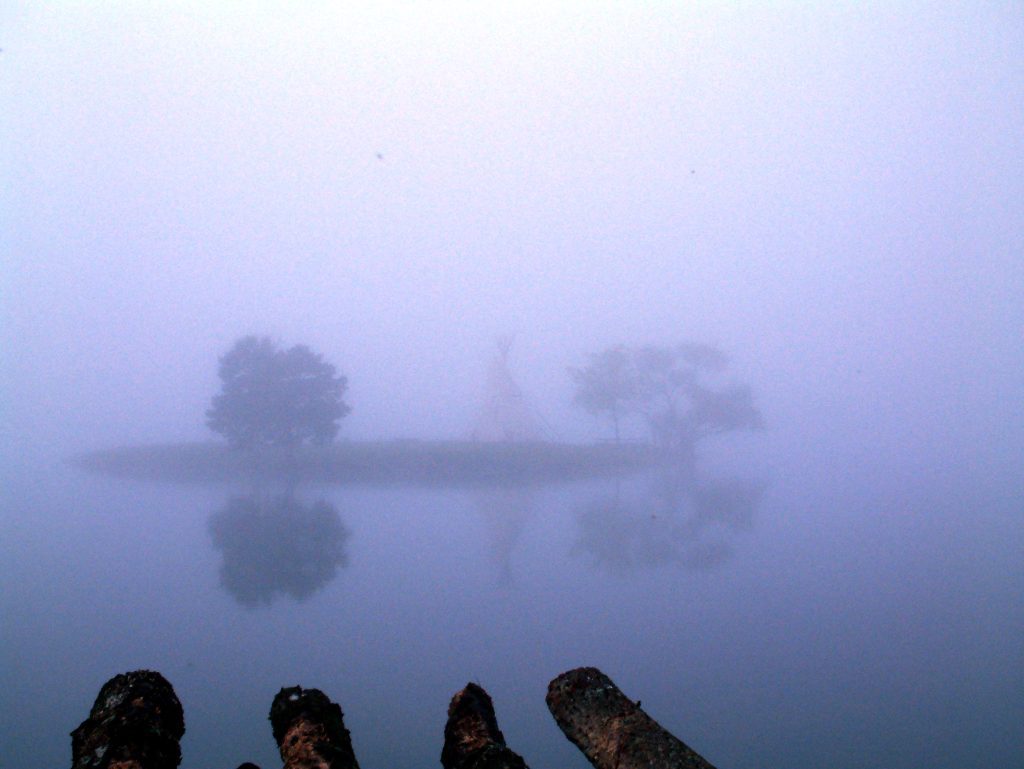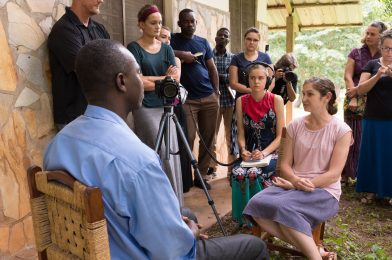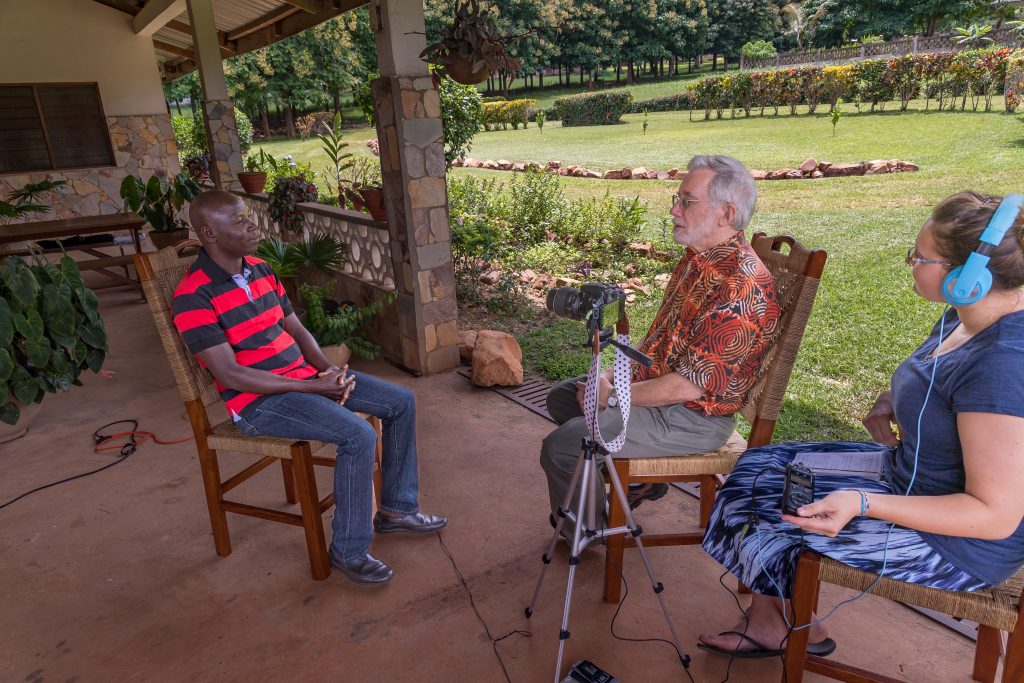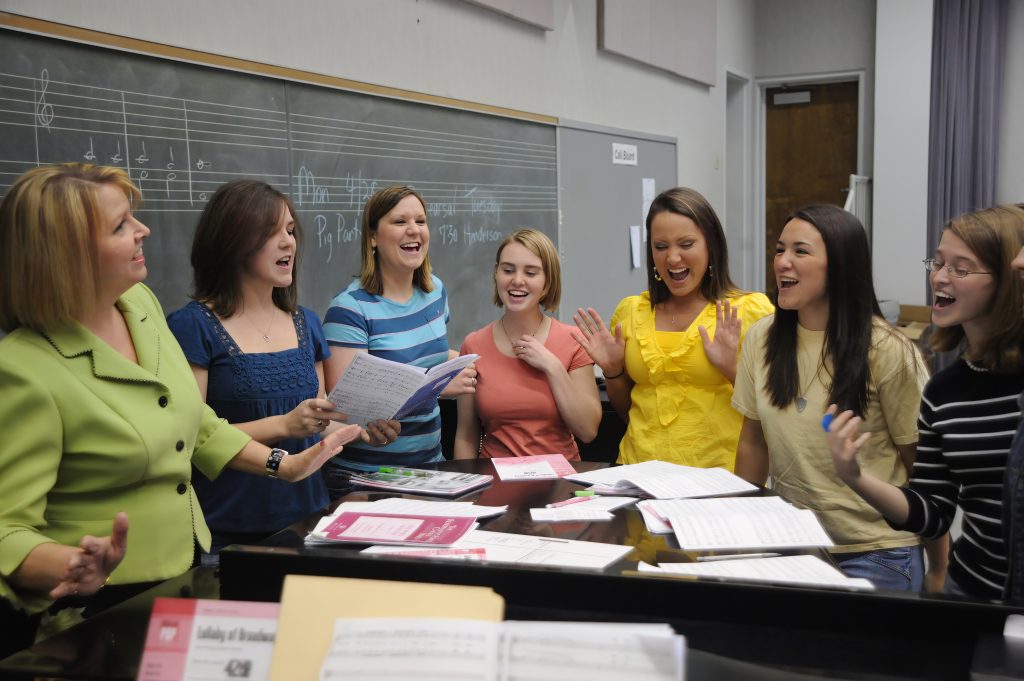[Caption: This is Garrett Hubbard, an award-winning photojournalist who was a speaker at the Southwestern Photojournalism Conference in 2012. This is taken when we took the group out for Cowboy Church, and we enjoyed riding some of the horses before the service and eating together.]
When you think of a freelance photographers, you might imagine them constantly clicking away behind the camera lens. But the reality is that photographers spend a significant amount of time outside of shooting assignments on other tasks essential to running a successful business. Photographers typically only pay a fraction of their time taking pictures.
So, just how much time do photographers spend shooting? Estimates vary, but it’s generally agreed that photographers spend around 20-30% of their time on shooting assignments. The rest of their time is spent on marketing, bookkeeping, website maintenance, and administrative work.
Marketing is a crucial aspect of a photographer’s business, as it’s the key to attracting new clients and keeping existing ones. This might involve reaching out to potential clients, networking with other professionals in the industry, or creating compelling social media content to showcase their work.
Creating and maintaining a website and blog is another essential task for freelance photographers. This is where they can display their portfolio, share updates on their latest projects, and provide valuable information for potential clients.
Newsletters are also becoming increasingly popular among photographers, allowing them to keep in touch with past clients and promote new services or special offers.
Bookkeeping is another crucial aspect of running a successful photography business. This includes keeping track of all expenses, such as equipment purchases, travel expenses, and office supplies, and tracking mileage driven on vehicles. Using specialized software to categorize all spending, photographers can make filing taxes much easier and more efficient.
I use Quicken for Mac to track all my spending with checking and credit cards. Each transaction is given a category. Many things may not be related to tax right-offs, like groceries, but because I am tracking everything, Quicken then works well with TurboTax for doing my taxes each year. I also recommend using TripLog for tracking your vehicle mileage and expenses. When filing for taxes, it will let you have accurate costs like repairs, gas, and insurance that might be higher deductions than the mileage, but you will not know this until the end of the year.
Of course, there are times when a photographer simply can’t afford to take time away from shooting to focus on these other tasks. In these situations, it’s all about making the best use of the time available. This might mean setting aside weekly hours to catch up on administrative work or squeezing in a few marketing tasks between shoots.
Ultimately, the success of a freelance photography business relies on a balance between shooting assignments and taking care of other essential tasks. By prioritizing marketing, website and blog maintenance, bookkeeping, and administrative work, photographers can build a strong foundation for their business and set themselves up for long-term success.

